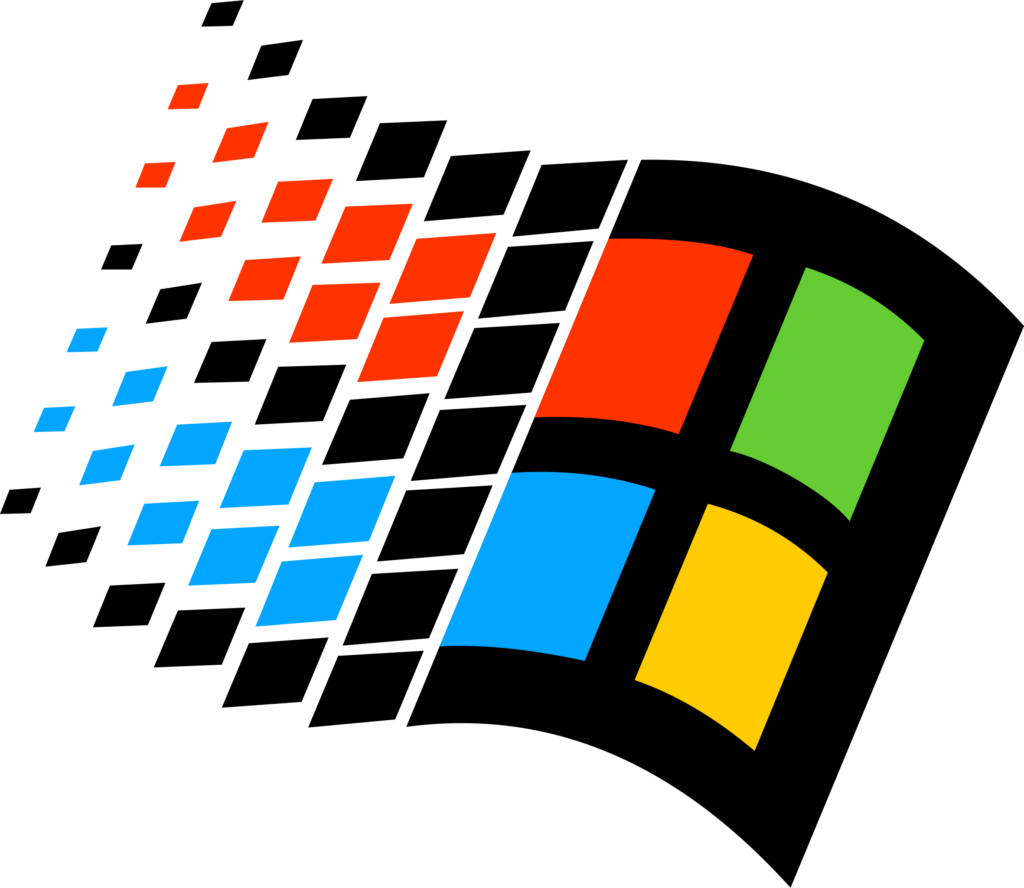Why Microsoft Fans Are In Mourning Right Now
Many Microsoft fans are in mourning right now, following the announcement that Internet Explorer will now cease to exist.
This article is more than 2 years old

For Microsoft users, a faithful computer web browser will be slowly removed from newly updated computers. Internet Explorer 11 will no longer receive upgrades as of today and will start to be erased from Microsoft PCs. For Windows 11 computers, Internet Explorer 11 won’t be included at all.
The erasure of Internet Explorer won’t come with an alternative. Microsoft is attempting to phase in their newest internet browser: Microsoft Edge. Opening Internet Explorer will redirect you to an Edge page for those using older Windows PCs. The new page will include saved bookmarks and passwords to help users transition easily into the upgraded browser. For those who need Internet Explorer for specific business purposes, an Internet Explore mode will be included on Microsoft Edge. According to a Microsoft representative, this addition will likely last into 2029.
Though Internet Explorer was the dominant web browser in the early 2000s, other companies have produced quicker, more dynamic platforms that have surpassed their predecessor. As the 2010s rolled around, many transitioned to more popular browsers like Google Chrome, leaving the once-mighty browser in antiquity. This is likely why Microsoft’s phase-out of the iconic web browser. Hopefully, Microsoft’s newest addition, Microsoft Edge, will regain some of the browser’s notability on newer PC and laptops.
Microsoft’s Internet Explorer wasn’t the very first web browser. The Nexus Project is referred to as the primary web browser, which Mosaic and Cello followed. Mosaic is most like our browsers today, introducing intuitive user interfaces and support for website images. The combination of pictures and words was a revolutionary advancement for browsers of the 90s, making Mosaic the go-to browser at the time. The company ended up licensing Mosaic for its own computers, which is how Internet Explorer was eventually produced.
The preliminary versions of Microsoft’s Internet Explorer weren’t very successful. At the time, the tech company’s main competition was Netscape, which easily surpassed the browser’s rudimentary software. But as Windows 95 started to gain popularity, the tech giant began pushing its external products to buyers. After a few versions of Internet Explorer, it began gaining traction as a premier web browser for Windows users.
In the late 90s, Internet Explorer gained a push in the marketplace. Shares for the Microsoft web browser went up exponentially between 1996 and 1997, which gave the tech company substantial monetary success. But because Microsoft licensed Mosaic for the iconic browser’s operating system, Microsoft was soon thrust into a legal battle with Mosaic’s parent company Spyglass. The tech corporation sued Micorosft for $8 million, even though Microsoft had agreed to pay royalties for the licensed technology. This was new legal territory for United States courts, leading to the company having to pay Spyglass two years of extra funds and license out its technology to other tech companies.
Microsoft was a humungous part of tech and computer culture in the early 2000s, but its reign over the industry has subsided. The company hopes to turn a new leaf by replacing the Internet Explorer browser with something more advanced and up-to-date.







